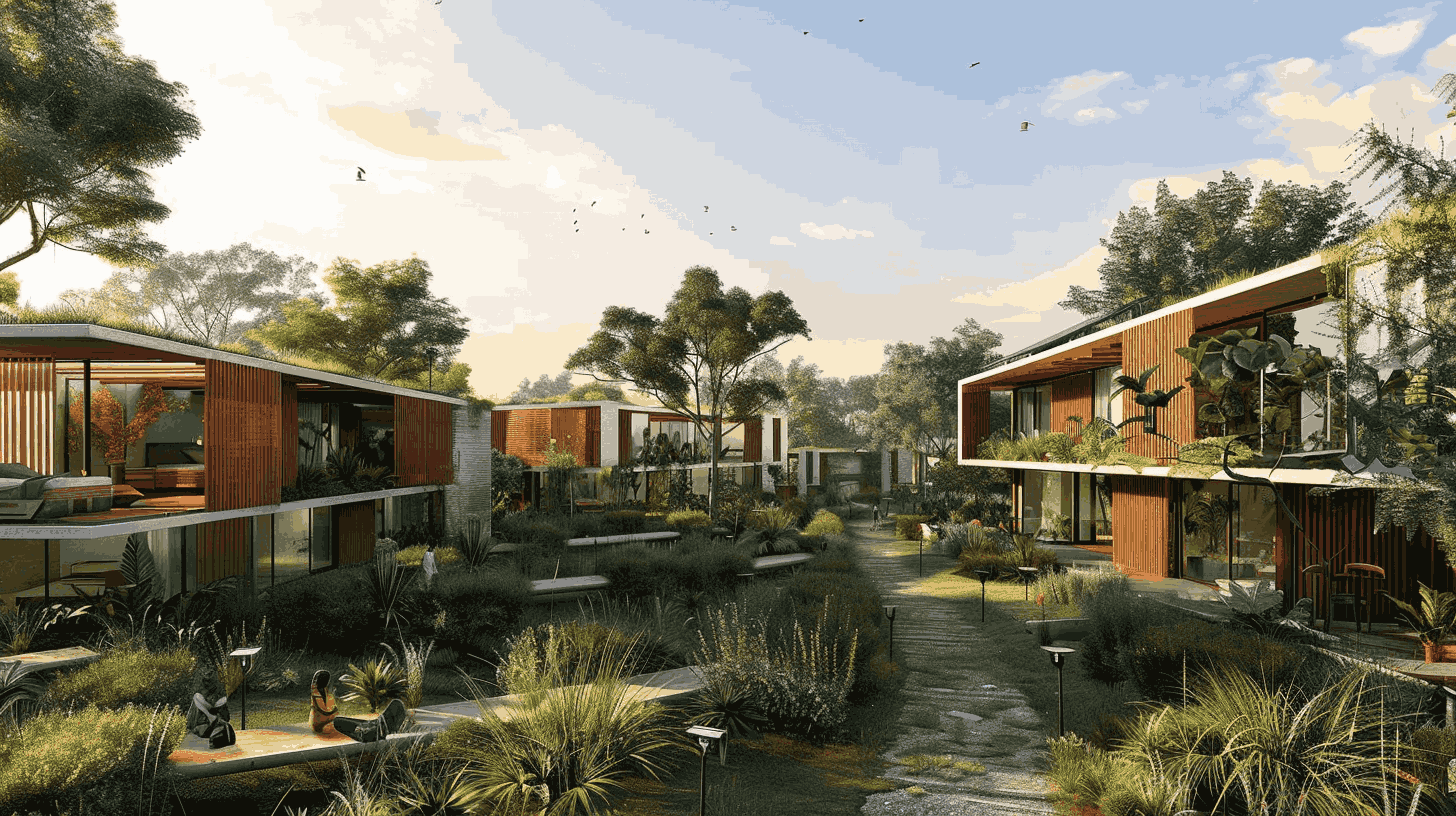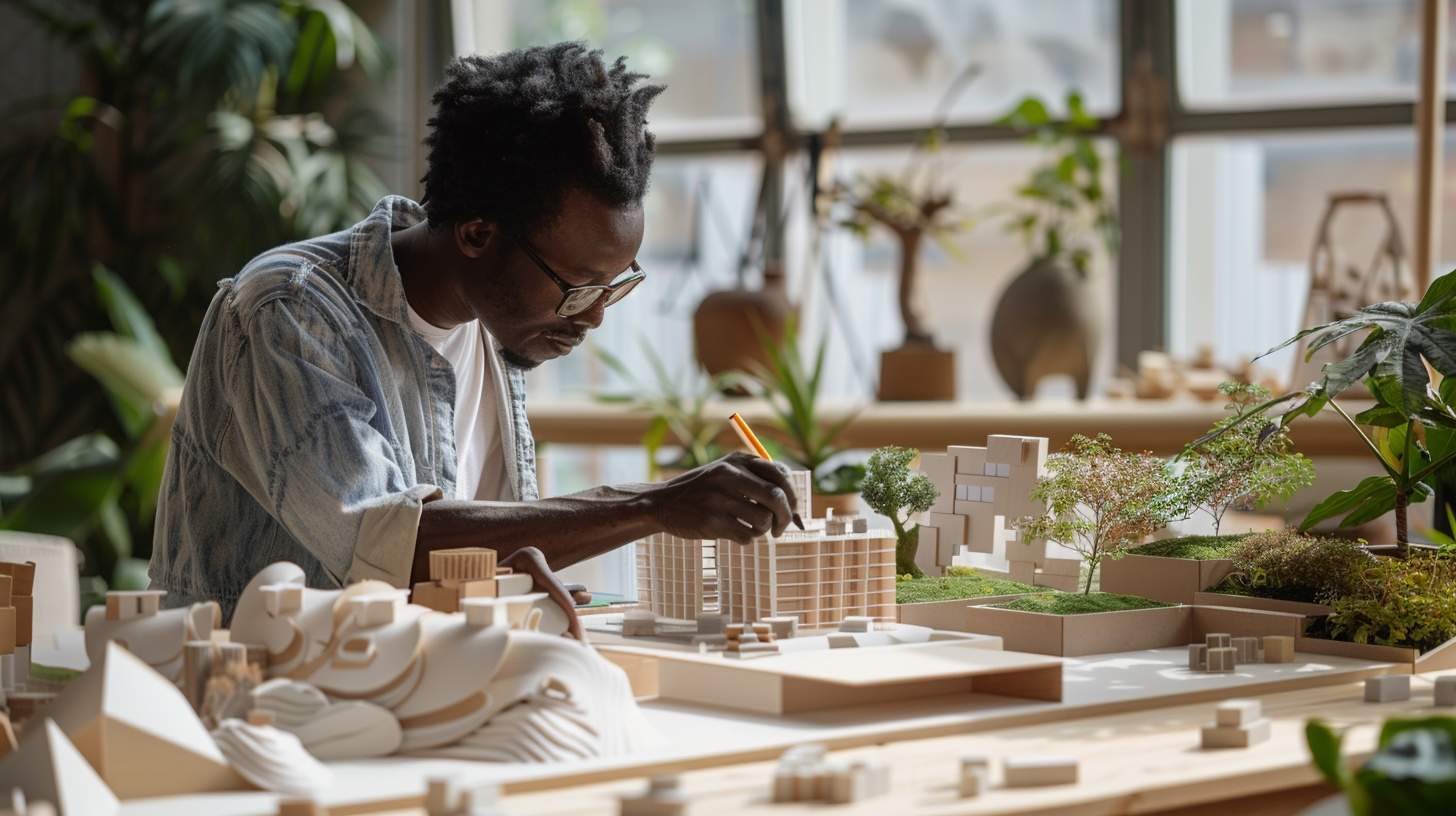
The Rise of Prefabricated Architecture and Designs

Prefabricated architecture, once considered a niche approach, has surged in popularity as a modern solution to various construction challenges. In essence, prefabricated architecture involves assembling building components off-site in a controlled environment before transporting them for final assembly on the construction site. This method, often termed “prefab,” offers several advantages over traditional construction methods.

Prefabricated Architecture Benefits
One of the primary benefits of prefabricated architecture is its efficiency. By manufacturing components in a factory setting, construction time can be significantly reduced compared to on-site construction. This streamlined process allows for faster completion of projects, making it an appealing option for meeting tight deadlines and addressing urgent housing needs.
Sustainability
Additionally, prefabricated architectural projects promotes sustainability. The controlled environment of factory production enables better management of resources and reduces waste. Moreover, prefabricated buildings can incorporate energy-efficient technologies and sustainable materials, further enhancing their environmental footprint.
Cost-Effectiveness
Another advantage of prefabricated architecture is its cost-effectiveness. With components manufactured off-site, there is less need for on-site labor and supervision, resulting in reduced labor costs. Furthermore, the controlled manufacturing environment minimizes the risk of errors and rework, saving both time and money during the construction process.
Flexibility and Customization in Design
Prefabricated architectural designs also offers greater flexibility and customization in design. Architects can leverage modular construction techniques to create unique and innovative structures tailored to specific requirements. This design versatility, coupled with the efficiency and sustainability of prefabrication, has made it an increasingly attractive option for architects, developers, and homeowners alike.
Design Innovations in Prefabricated Architecture
This type of architecture is not just about efficiency and sustainability; it also offers a platform for design innovation and creativity. Architects and designers are increasingly leveraging prefabrication techniques to push the boundaries of traditional construction and explore new possibilities in architectural design.
Modular Construction
One of the key design innovations in prefabricated architectural designs is modular construction. Modular buildings are composed of individual sections or modules that are prefabricated off-site and then assembled on-site. This modular approach allows for greater flexibility in design, as modules can be combined and arranged in various configurations to create diverse architectural forms.
Integration Of Advanced Technologies
Furthermore, prefabricated architecture enables the integration of advanced technologies and materials into the design process. From energy-efficient systems to smart home features, prefabricated buildings can be equipped with cutting-edge amenities that enhance comfort, convenience, and sustainability.
Alternative Construction Techniques
Another aspect of design innovation in this type of architecture is the exploration of alternative materials and construction techniques. Architects are experimenting with sustainable materials such as bamboo, recycled steel, and cross-laminated timber to create eco-friendly and aesthetically pleasing structures.
Prefabricated Architecture Opportunities and Challenges
As prefabricated architecture continues to gain momentum, the future holds both opportunities and challenges for this innovative construction method. Looking ahead, several trends are expected to shape the evolution of prefabricated architecture in the coming years.
Residential Construction
One promising trend is the expansion of prefabricated architectural designs into new sectors beyond residential construction. While prefabricated homes have been the primary focus thus far, there is growing interest in applying prefabrication techniques to commercial, institutional, and industrial buildings. This expansion presents opportunities to streamline construction processes, improve efficiency, and enhance sustainability across diverse sectors.
Technology and Automation
Furthermore, advancements in digital technology and automation are poised to revolutionize the prefabrication process. From advanced modeling and simulation tools to robotic fabrication and assembly, digital innovations enable greater precision, efficiency, and customization in prefabricated architecture. These technologies have the potential to further optimize workflows, reduce costs, and accelerate project delivery.
Integration Into Sustainable Building Practices and Green Living
Another trend to watch is the integration of prefabrication with sustainable building practices and green design principles. As environmental concerns become increasingly urgent, there is a growing demand for eco-friendly and energy-efficient buildings. Prefabricated architecture offers a platform to incorporate sustainable materials, renewable energy systems, and passive design strategies, contributing to a more sustainable built environment.
Challenges: Over-Coming Stigma Associated With Prefabrication
Despite the promising outlook, prefabricated homes also face several challenges that must be addressed. One such challenge is the perception of prefabrication as a lower-quality or less durable construction method compared to traditional building techniques. Overcoming this stigma will require demonstrating prefabricated buildings’ reliability, durability, and performance through rigorous testing, certification, and real-world examples.
Barriers and Zoning Restrictions
Moreover, regulatory barriers and zoning restrictions can challenge the widespread adoption of prefabricated architecture. Many jurisdictions have outdated building codes and regulations that are not tailored to prefabricated construction methods, creating barriers to innovation and adoption. Addressing these regulatory hurdles will be essential to unlocking the full potential of prefabricated architecture.
Final Words
The future of prefabricated architecture is bright, with opportunities for innovation, sustainability, and efficiency. By embracing digital technology, expanding into new sectors, and addressing regulatory challenges, prefabricated architecture has the potential to revolutionize the way we design, build, and inhabit the built environment. Contact Designs Boss for any Queries related to Prefabricated Housing or any architectural projects to you may have in mind.


